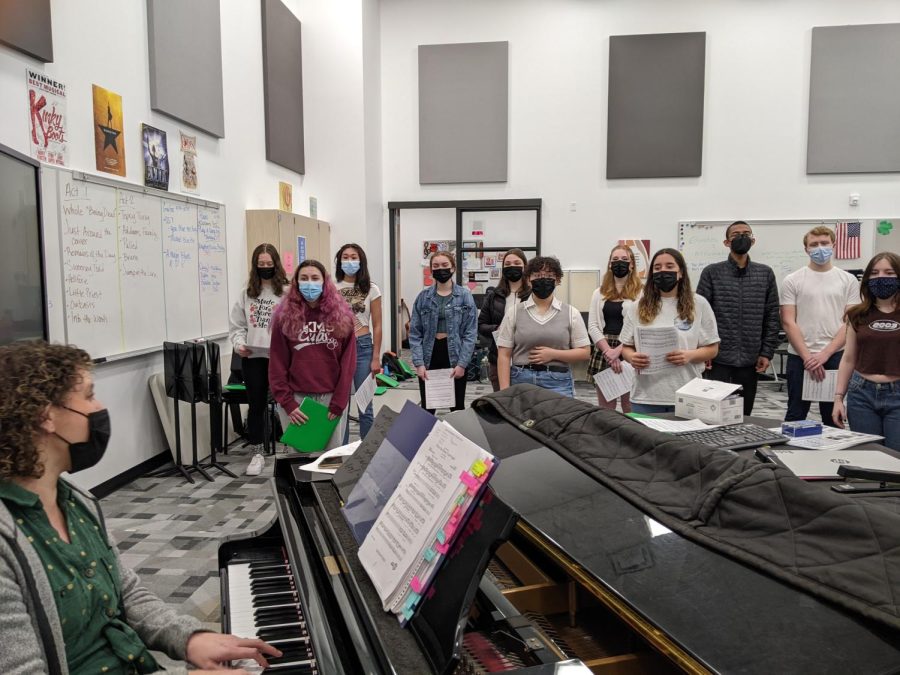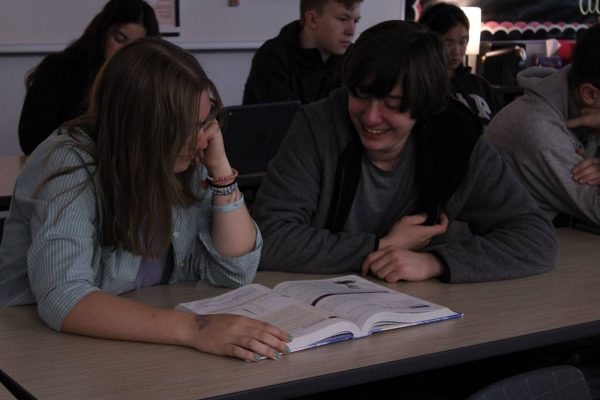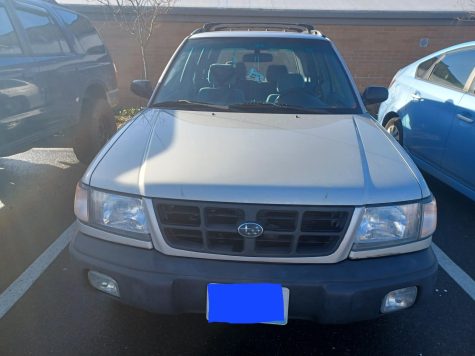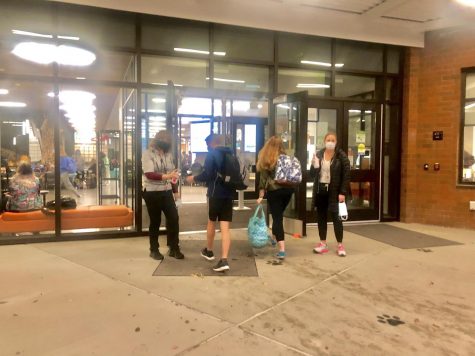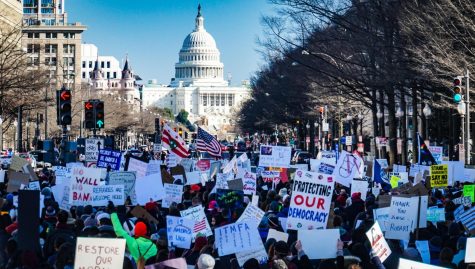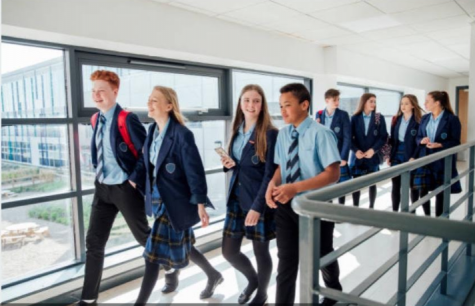A Little Guide to a Big Dilemma
Understanding the various implications of mask use.
Students now have the option to leave masks behind.
Just recently, mask mandates across the United States have been lifted and masks at Central Kitsap High School (CK) have become optional. The choice for each student revolves around a few points, most forefront in many’s minds is illness.
Universal masking began as an answer to a problem, the spread of a virus that causes illness, and for 6.2% of Americans in May 2020 who caught it, death. Mask’s function as a solution to this problem has expanded tenfold since then, but the problem has had other solutions as well. As of February 25, 2022, 1.2% of infected Americans died, a significant difference, and yet still a significant reality.
Death is not the only lasting effect from infection, but this trend shows a product of more than just preventing infection. While masks prevent infection, there are other methods, such as vaccination that decrease the effect of infection, and previously known treatments or larger access because of the slower spread such as ventilators, and better medication. Therefore, it is important for many students to consider health risks when choosing to mask or leave theirs behind.
“The degree of immunity that we get from being vaccinated and or previously infected, I think, will diminish the severity of future cases of COVID infection. You know, for a lot of people, it’s just the case of the sniffles, or they may not even ever know they’re infected.” Dr. Gib Morrow said, the Health Officer for the Kitsap Public Health District in an interview.
But Morrow also warns of an expected increase in cases in the following weeks. This slight increase is expected to curb soon.
“I think that my biggest piece of advice or warning… would just be being cognizant of those other mitigation strategies that we’ve determined, do work,” said Lexi Teimeyer the Public Health Nurse Supervisor, and Schools COVID Response Team.
The list included, hand washing, respiratory hygiene, vaccination where possible, and increased ventilation. The School District Lead for COVID-19, and the Assistant Superintendent of Human Resources, Jeannie Beckon, said that the school district will continue providing hand sanitizer and masks.
Regarding preventative strategies, “Just basically any of those strategies that we know are effective when masks are not in use, and most importantly at this point, it’s …to be cognizant of any symptoms that you may have. You guys know your body best. And if you’re not feeling well stay home,” said Teimeyer.
The sentiment to stay home and mask up if students come close to COVID-19 echoes in Morrow’s words as well, he encourages students to be vigilant about self-observation and encouraging it in the people around them, because that will be a vital blockade to exponential increase in infection. Also important to this is the availability of COVID-19 tests.
“And if you have any questions whatsoever, get tested. Tests are out there. They’re widely available. They’re pretty good. They’re quick and easy to get the results. They’re available free from both the state and the federal government systems.”
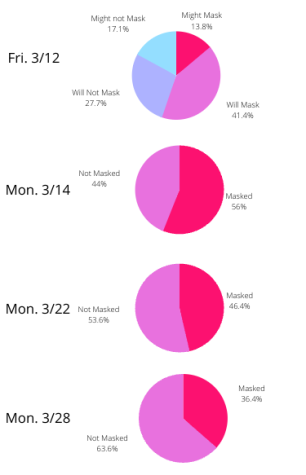
However, anxieties are still in the air, from students and staff as masks come off.
“I worry that COVID is not gone. And we’re finally at a point where our cases are coming down in our community and I want it to stay that way,” said Beckon.
Masks and other preventions have worked for these past two years, and in this last school year, Teimeyer says, schools have not been a vector for infection, while sports and slumber parties top the list for spreading among students, schools have had little to no spread.
“We do know that masks work. And what we’ve seen with masking is almost complete elimination of influenza just think about that,” said Morrow.
International data agrees with Morrow, with this website walking you through the details of the levels of protection and reduction of spread that masks have provided communities. Important to students, is the difference between masks, including the evidence that cloth masks do close to nothing to prevent the spread, especially of the more infectious variant, Omicron.
Medical and surgical masks, especially those that fit well, however can do much for a student if they are concerned about catching COVID-19. In all, masks have proven their worth on the battlefront for these past two years, but times and situations are changing.
“I would say kids in particular and all of us in Kitsap and doing what we needed to do to get through this whole pandemic and to keep ourselves and our families and our friends in our community safe and a big part of that has been masking,” said Morrow.
The fact that masks are a question right now though, has large implications on the social dynamics of CK. Right now, teachers across the country are dealing with high levels of abuse and violence and so it is understandable that every person interviewed for this story made a strong stance that the most significant part of the conversation was ensuring that students and staff are respectful of each other.
Beckon said, “my biggest concern right now is I’m worried about people who choose to take their mask off or leave it on and that people are going to be judgmental in some way towards people’s choice.”
The social concerns include for students anxiety about change, anxiety about revealing their face, and a multitude of personal worries that come from peer or family situations.
“There is a lot of research that’s been around pre masks, about the importance our face plays in our understanding of one another, how much we pick up on visually from facial cues. So I think with masks that has interfered with our ability to read people, and I think that once we display our faces again, I’m guessing that that might make students a little nervous too,” said Nikki Orando, A counselor at CK who has worked as a guidance counselor and private practice in the mental Health Field.
Orando has not received training nor done research on mask insecurities, she said, but speaks from an educated perspective and anecdotal experiences regarding the social aspects behind mask usage.
“I think that social impact around maybe being self conscious and being nervous about having to display more of ourselves,” said Orando.
But there are ways parents and staff can help, said Orando, to practice validating and accepting the emotions of their children or students and encouraging them to push through hard feelings when they are ready.
For students hoping to ease tension and keep friends, Orando said, “my all inclusive go to is being kind if we could, friendly waves, smiles. We can send a lot of signals with our face and body language that is welcoming. And I think that if we could create a climate and culture of kindness that that would be really, really helpful. So peer to peer interaction, being kind.”
Morrow said that there is a wide range of feelings that come about with masks, “I would just warn you guys about some potential for you know, some of your friends or or other classmates feeling anxious or unsettled. Change can be tough. I think we need to acknowledge that and just to the extent that each and every one of us can be a little more kind and tolerant.”
Your donation will support the student journalists of Central Kitsap High School and help us cover our annual website hosting costs.
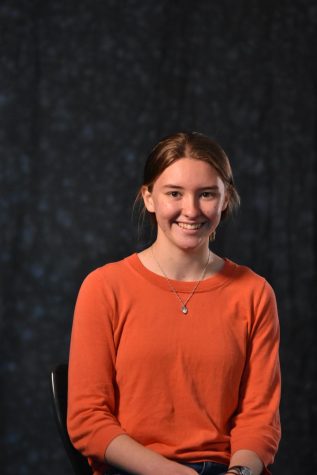
Marcella Fischer is an 11th grader here at CKHS and has chosen journalism because of her interest in exploring new things. This is one of Marcella’s...
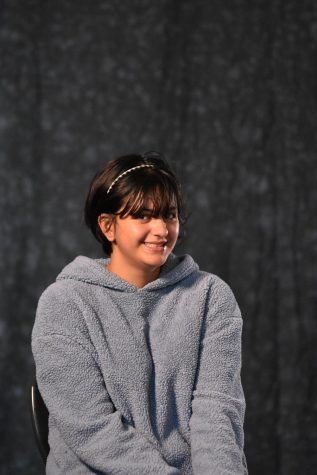
Lina Chambers is a junior, she likes to read random labels on anything. She also likes mainstream indie artists, and the occasional sad rock music. Her...


